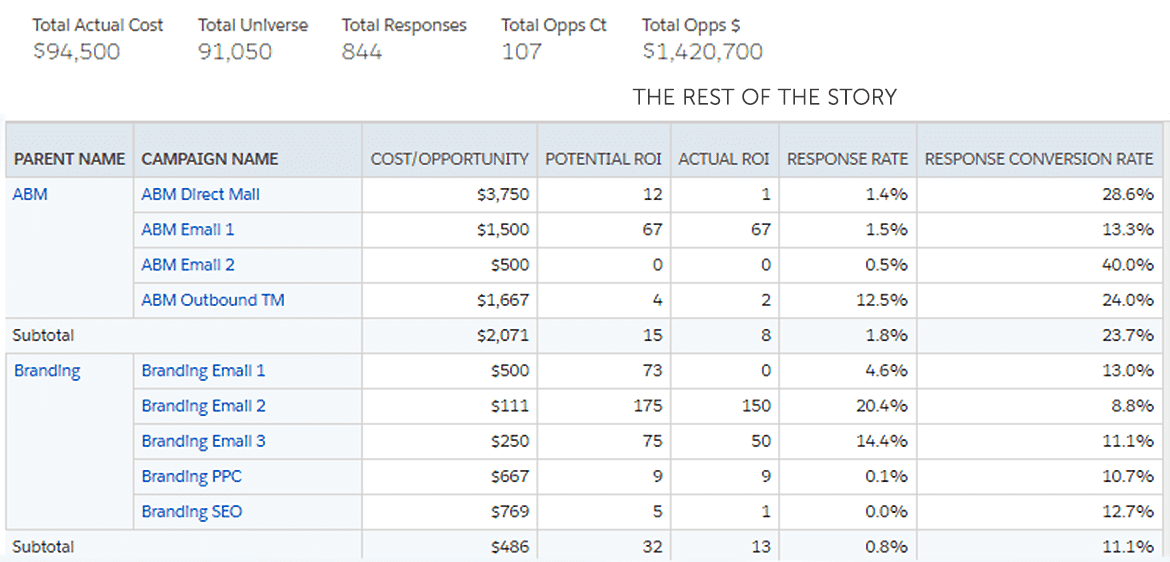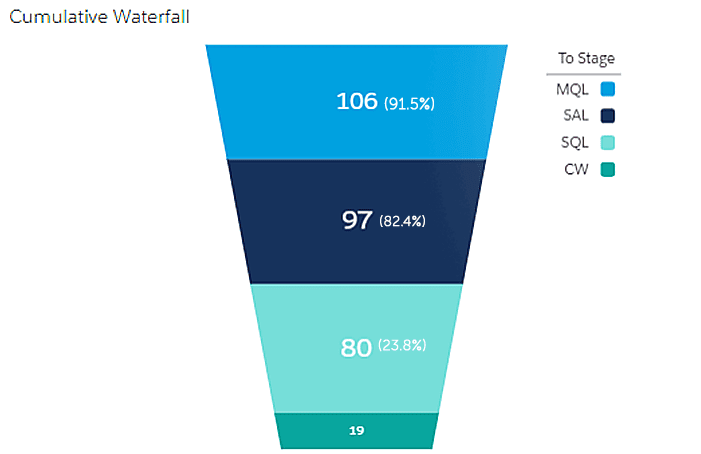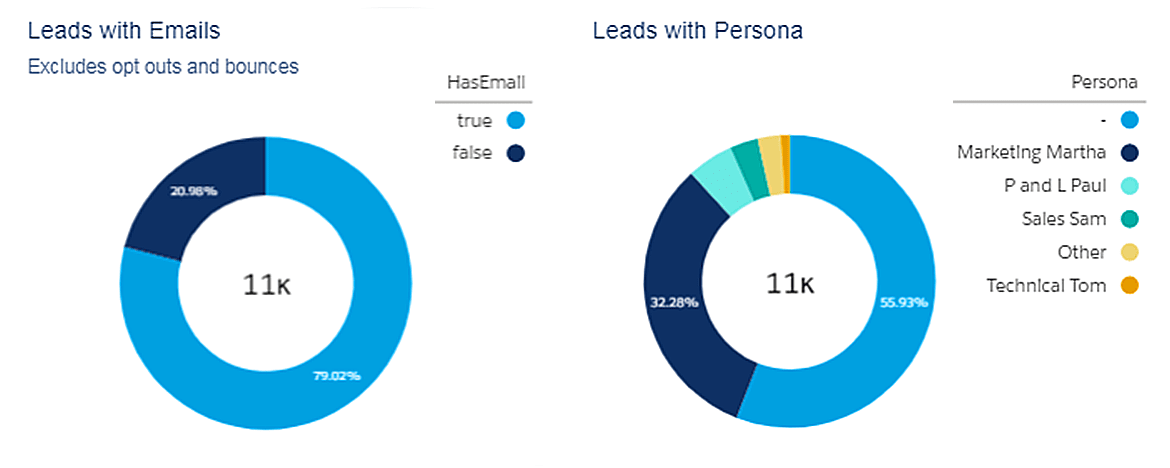4 B2B Marketing Reports That Answer Stakeholders’ Questions

Without a doubt, B2B marketers face challenges in creating meaningful marketing reports. In fact, according to Demand Gen Report’s 2018 Marketing Measurement & Attribution Benchmark Survey, just 7% of U.S. B2B marketers rate their company’s current ability to measure and analyze marketing performance and impact as “excellent,” and twice as many feel it’s “poor / inadequate.”
Some challenges are caused by bad data, and some are caused by the technologies involved, but, more likely, there are cracks in the foundation of how marketers think about the metrics themselves. Have you taken the time to ask yourself, “What questions am I trying to answer?” More importantly, have you thought about who is asking those questions and how they want them answered? It’s pretty easy to list the stakeholders who ask us questions about our campaigns, and what I’ve found in 20+ years of providing answers is that many stakeholders ask similar questions … but they don’t all want the same answer.
Marketing Reports with Meaningful Metrics
When it comes down to it, different stakeholders ask questions for different reasons. Understanding those reasons allows us to provide meaningful metrics to actually answer what matters to them instead of just inferring the information they need. For example, when your CMO asks you how the XYZ campaign is doing, she probably doesn’t want to see the click-through rate of every email. It’s more likely she’s thinking in terms of a specific goal, like her commitment to influencing revenue. Your CMO’s question is probably better answered with a report showing cost vs. revenue influenced by campaign.
If that KPI is where she wants it to be (making money!), she’ll be satisfied. If it isn’t, you’ll need to be prepared to provide more details.
MAP/CRM Syncing — Work with What You’ve Got!
But how do we capture that information and present it to our stakeholders? I’m sure your technology budget is already strained and you don’t want to just plug in more platforms. The good news is that you likely don’t need to. When your MAP is properly integrated and configured with your CRM, these systems have the capability to provide meaningful metrics without more plugins.
Here are three key configuration examples:
- Syncing your campaigns from your MAP to your CRM so the CRM is aware of activities
- Requiring attribution details on opportunities, such as the original source of the account and the campaign that generated the opportunity
- Requiring your sales team to provide a percentage for the likelihood to close and a dollar estimate on each opportunity
4 Reports You Should Be Creating
All right, let’s get down to it. You want to be prepared to answer key stakeholder questions, and you’ll be ready to roll with these four types of reports.
1. Campaign / Tactic Effectiveness
Sample Stakeholder Question: “Is our new email marketing campaign driving in more qualified leads?”
You’re definitely familiar with these types of reports, but the standard versions are missing some key metrics that more directly answer stakeholders’ questions. While most out-of-the-box reports can give us overall ROI, this doesn’t tell the whole story. Real answers come from metrics such as cost per new contact, cost per opportunity, and projected ROI. Remember that metrics normalized to percentages or ratios are easier to use in comparative analysis.


2. Funnel Analysis
Sample Stakeholder Question: “How much demand for our product or service is Marketing really generating?”
We’ve all seen the sales funnel, and it’s a really useful tool. But standard funnel reports don’t represent the top of the funnel very well. Most funnels start with the handoff from Marketing to Sales (MQL) and miss the opportunity to show conversions and growth at the earlier stages of the marketing process. Some campaigns are designed specifically to increase awareness and might not generate MQLs, but they need to be analyzed in the same way as other campaigns. Creating and sharing marketing reports that represent your campaigns within the entire funnel illustrates the demand generation value Marketing is driving.

3. Territory / Rep Performance
Sample Stakeholder Question: “Who on the sales team is turning marketing leads into actual sales?”
Any CRM will give you a series of standard reports for pipeline and rep analysis, but you can take this to another level if your marketing and sales teams are aligned on the definition of an inquiry, a marketing-qualified lead, a sales-qualified lead, etc. If you aren’t there yet, doing some research on SiriusDecisions’ Demand Waterfall and having some conversations with your sales team can help you get there. If you’ve already done your due diligence and have a documented lead management process or a service-level agreement (SLA) in place, you can enhance your reports with details like average time between sales process stages and analysis of reasons for rejections, closes and losses.

4. Database Health
Sample Stakeholder Question: “Is our database any good?”
This question is loaded, but there are some common metrics to answer it, like total number of accounts and contacts, total number of contacts with an email address / mailing address / phone number, and how many of the accounts have a value in your Industry field. Reports of this nature are easy to create within most CRMs, and the bang for your buck is pretty big.

What’s Next
The task of producing meaningful, easy-to-consume reports can feel pretty daunting. But if you take the time to think about and document the questions you’re being asked, who’s asking them and what you’d like to prove out to those stakeholders, you may find that a few customizations to standard reports will make your results really sing. You may also find there’s some work to be done between your marketing team and your sales team to gain alignment on lead management.
We advise our clients on this kind of alignment every day. My specific team is on a mission to ensure our clients’ CRM and MAP systems are integrated and configured properly to provide marketing reports with metrics that answer the questions key stakeholders are asking (or should be asking!). If you find you’re in need of a partner to help you get there, let’s connect and discuss how we can do this for you!